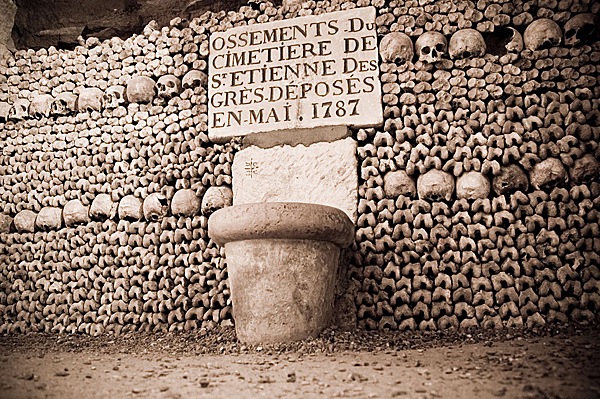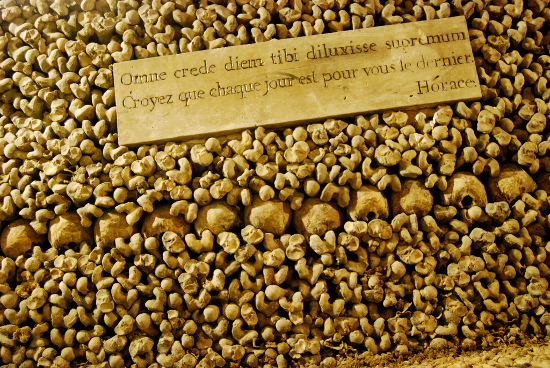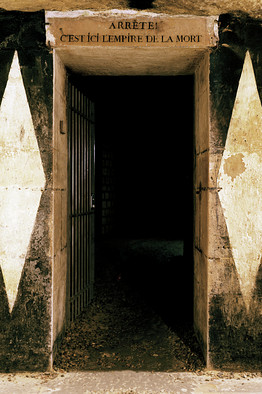Prior to a 1785 ban on future burials within the center of Paris, an abundance of church cemeteries existed throughout the city. A combination of greed and neglect in performing proper burials led to human remains being placed in church walls rather than in underground burial sites. This, in turn, produced a putrid smell as well as a constant risk of infectious diseases for the living.
This risk led to the aforementioned ban, the closing of all existing cemeteries and the removal of already buried remains. While the wealthy had the fortunate opportunity to have their remains transported to Père Lachaise cemetery, this new law displaced over six million French people, which triggered the 1786 formation of an enormous bevy of underground tunnels, in the Montparnasse section, called the Catacombs.
Due to the overwhelming amount of remains that needed to be transported in carriages to their new destinations, it took a few years before the Paris Catacombs became the unique and organized burial site that still exists as a popular attraction to this day. Not until after the 1789 French Revolution did the appointed caretaker of the Catacombs decide that organization and a renovation of sorts needed to happen as soon as possible. This decision guided the procedure of placing bones in pillars and the skulls into geometric or heart shapes, creating a final macabre display.
Following the enormous organization task, the Catacombs finally opened for public viewing. The greeting sign for visitors reads, “Arrête! C’est ici L’Empire de la Mort,” which translates to “Stop! This is the Empire of Death.” Bodies from all cemeteries kept arriving until 1814. Despite some building repair closures for several months in 2005, the Catacombs remain open to this day. Still decorated the same way, it is as popular a burial site attraction for tourists as it has been since it first opened. Some of the most famous visitors include Charles X (prior to becoming king), Austrian Emperor Francis I and Napoleon III with his son.
In addition to the usual amount of tourists visiting, a select group of Parisians, known as “cataphiles,” risk getting caught for breaking the law and sneak into the Catacombs’ unauthorized sections to hang out and explore. Although police constantly patrol the Catacombs, these “cataphiles” refuse to let the likelihood of getting caught and fined a fee of 60 euros, or roughly 83 American dollars, inhibit their escapades. The romanticization of the Catacombs remains alive and well to these Parisians and will not likely diminish any time soon.
You may also like:

 The Catacombs of Paris: Unique Burial Site of Ancient France
The Catacombs of Paris: Unique Burial Site of Ancient France





 “Help Me, Helen”
“Help Me, Helen”
 Recovering Cremation Remains After the Los Angeles Fires
Recovering Cremation Remains After the Los Angeles Fires
 “As Tears Go By” by Marianne Faithfull
“As Tears Go By” by Marianne Faithfull














